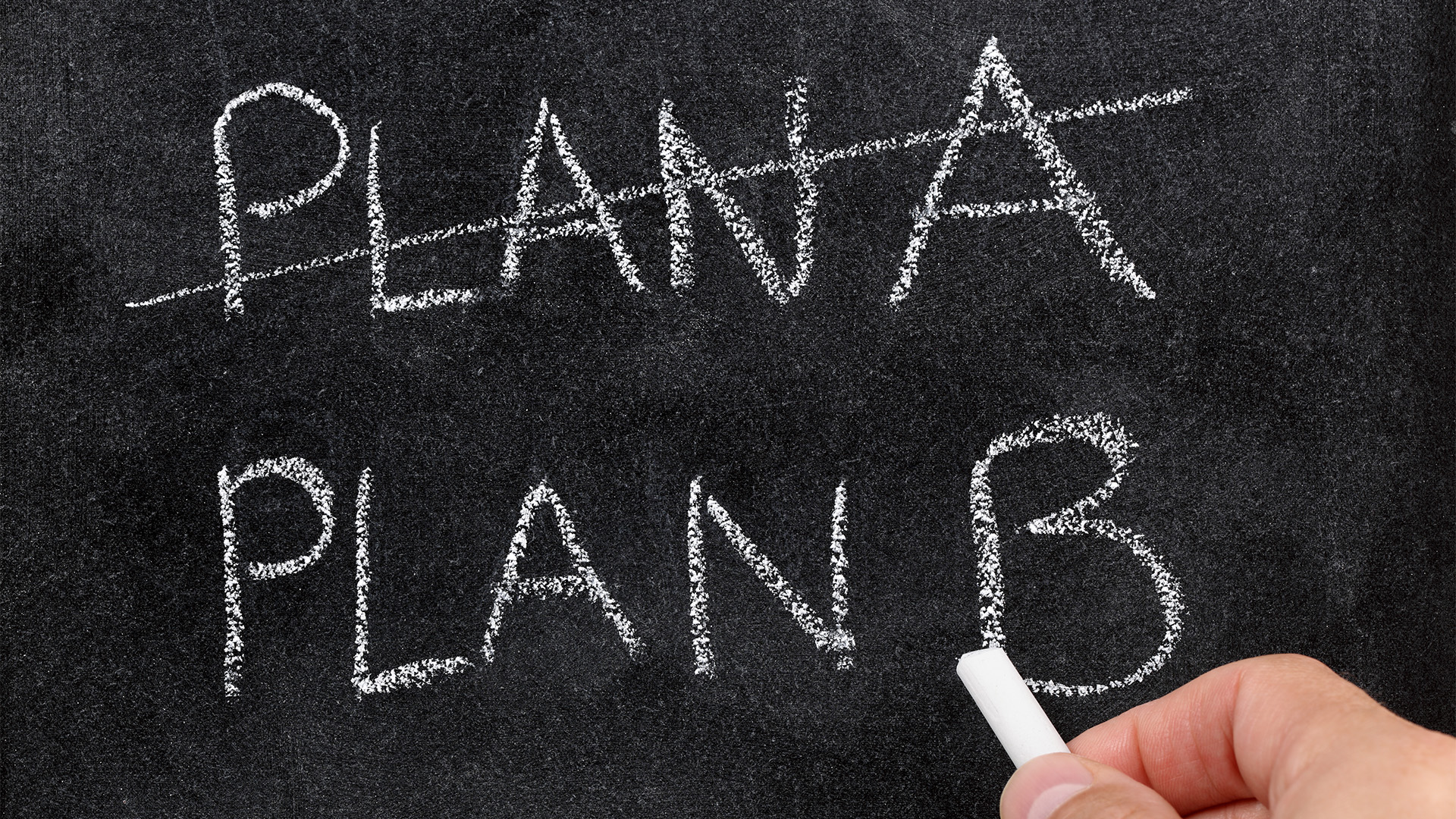
Yesterday it was another surprise from building and housing; will retail sales give us another direction for the economy when the June figures are released today?
Of interest in the retail numbers is whether the surprisingly strong 0.7% rise in retail sales in May is reworked or revised downwards.
Analysts are looking for anything from a small fall, to a small rise for June, which from many accounts was a tough month for traders. Economists say we can expect a rise of 0.2%.
But Goldman Sachs JBWere points out that "Notwithstanding a solid +0.7% monthly increase in May, retail sales momentum remains sluggish in the first half of 2008.
"Indeed, on our expectations (allowing for a modest increase in the month of June) it appears that retail sales volumes fell by around 0.5% in the June quarter. Should it eventuate, this would mark the first time in nearly twelve years that sales volumes have fallen for two successive quarters.
"That this has occurred at a time that population growth is at a 20-year high implies that higher interest rates, falling wealth and record petrol prices are having a significant impact on per-capita consumption."
If that happens, it will be another block in the puzzle that’s the Australian economy as the Reserve Bank sits and wonders when to reach for the rate lever and pull it downwards.
Remember that forecast from the National Australia Bank yesterday that the RBA would be cutting much deeper next year and into 2010 because the economy is slowing faster than expected.
The building approvals figures for June certainly help with that impression.
The housing industry remains weak, judging by the latest building approval figures released yesterday by the Australian Bureau of Statistics.
Seasonally adjusted the estimate for total dwelling units approved fell 0.7% in June following a revised fall of 7.2% in May.
That was lower than the market estimate for a 1% rise. May’s revision was lowered from an initial estimate of a 6.5% fall, indicating there’s a reasonable chance June’s figure could fall when the next set of figures are released.
Even though the fall was lower than in May, the fact that it fell, when the market was looking for a rise, shows there’s still a lot of downward momentum in the building industry as higher interest rates and lower consumer confidence continue to bite.
The Housing Industry Association reported Monday that new home sales rose in June, but the ABS figures show this was isolated to new homes.
June’s figure for total approvals was 7.8% lower than June 2007, but it was the other swelling part of the figures that caused that drop, not the more important private sector houses. .
While private sector house approvals were 0.1% higher in June, compared to June last year, private sector other dwellings (apartments etc) were down a huge 22.5% June on June. This series has been very volatile through the year and doesn’t give a solid basis for an accurate comparison.
The ABS said the seasonally adjusted estimate for private sector houses approved was flat in June, compared to May following a revised fall of 1.6% in May from April.
The seasonally adjusted estimate for private sector other dwellings (it’s a more volatile series because it’s driven by approvals for apartment and unit blocks) approved fell 1.4% in June following a revised fall of 19.5% in May.
"The seasonally adjusted estimate for the value of total building approved fell 4.2% in June. The seasonally adjusted estimate for the value of new residential building approved fell 2.7% in June. The seasonally adjusted estimate for the value of alterations and additions rose 5.7%, and the value of non-residential building fell 7.5%."
Over the financial year to June, the ABS said the total number of dwelling units approved in 2007-08 was 158,938, up of 3.6% on 2006-07.
"Nationally, the number of house approvals rose 2.8% from the previous year while other dwellings rose 5.4%. The estimate for the total of number dwelling units approved rose in Victoria (+12.8%), Queensland (+5.1%), South Australia (+20.3%) and the Australian Capital Territory (+4.1%) rose while New South Wales -3.0%), Western Australia (-9.9%), Tasmania (-0.3%) and the Northern Territory (-21.4%) fell.
"Victoria, Queensland, South Australia and the Australian Capital Territory had rises in both houses and other dwellings while New South Wales, Western Australia and the Northern Territory had falls in both houses and other dwellings."
The ABS said the value of total building approved in 2007-08 rose more than 13% to $76,597.5m: both residential and non-residential building approvals showed strong rises. But NSW was the weakest, with not only approvals lower but the value of all approvals as well.
"States and territories other than New South Wales (-0.9%) and the Northern Territory (-9.4%) showed rises in the estimate for the value of Total Residential Building. The Australian Capital Territory (-18.2%) was the only state or territory to show a fall in the estimate of the value for Total Non-residential Building."
Later today we will also get the international trade figures for June which are likely to show a small surplus, or a much smaller deficit, as the sharp rises in coal, iron ore and oil and gas exports work their way through the ABS calculations. There could be revisions to both April (a surplus) and May (a deficit) as well.
Any improvement in June will be offset however by the WA gas disaster which occurred at the beginning of June and has greatly reduced the amount of energy available to resource exporters and business more generally.
Also today we get the private c













